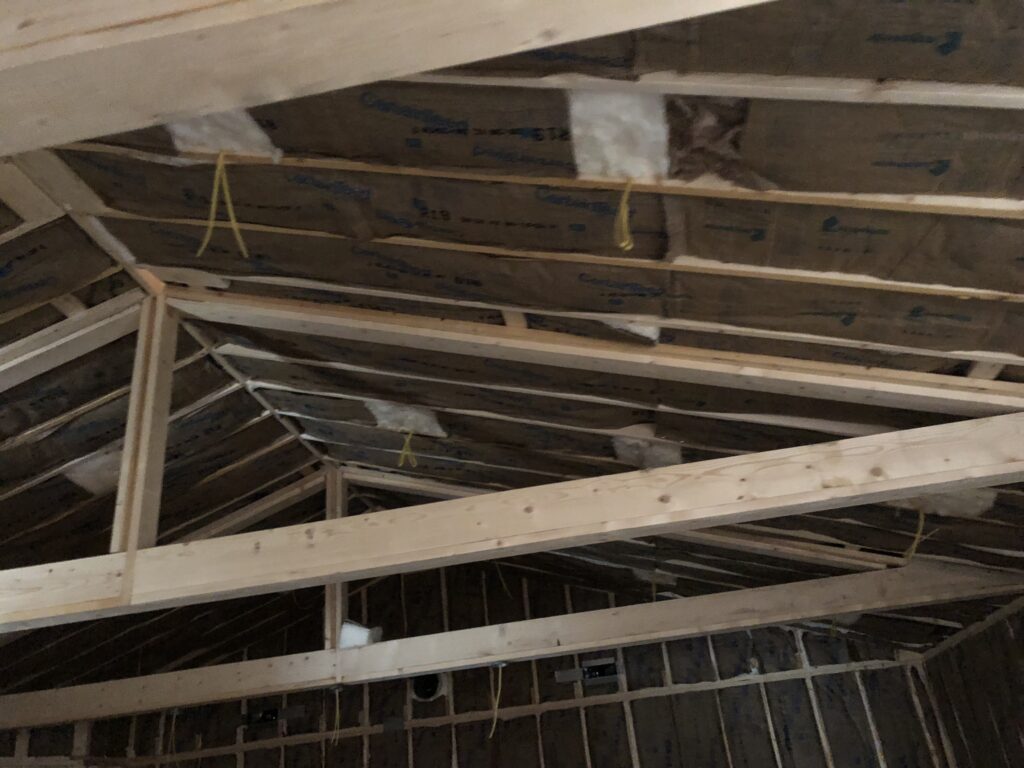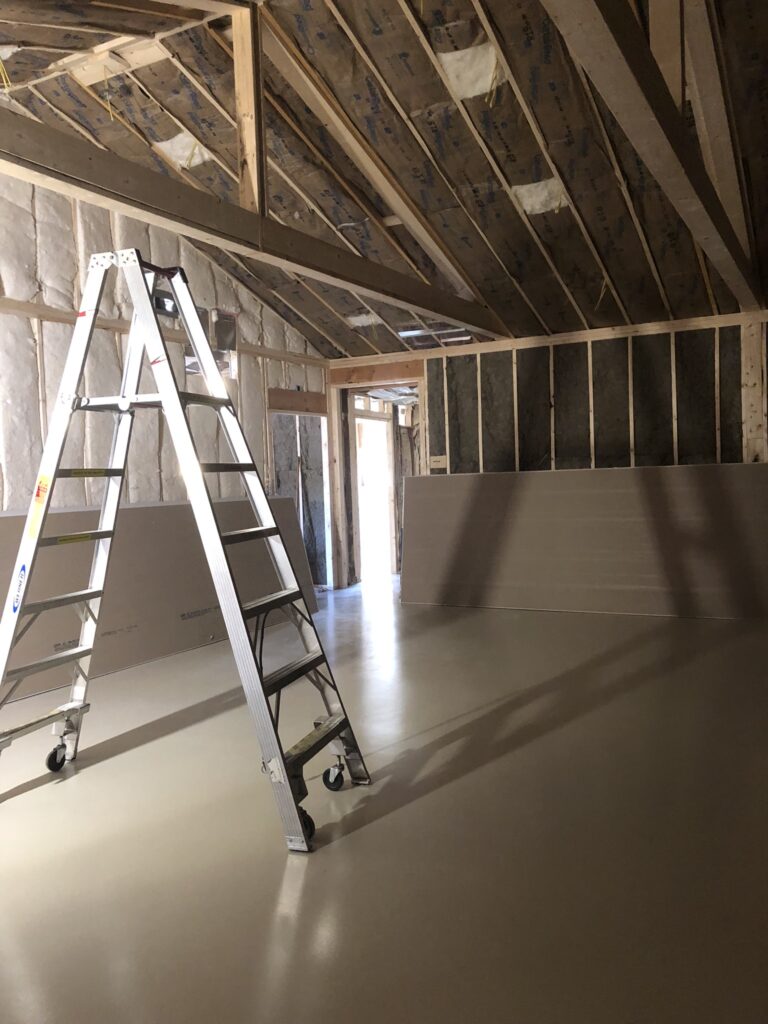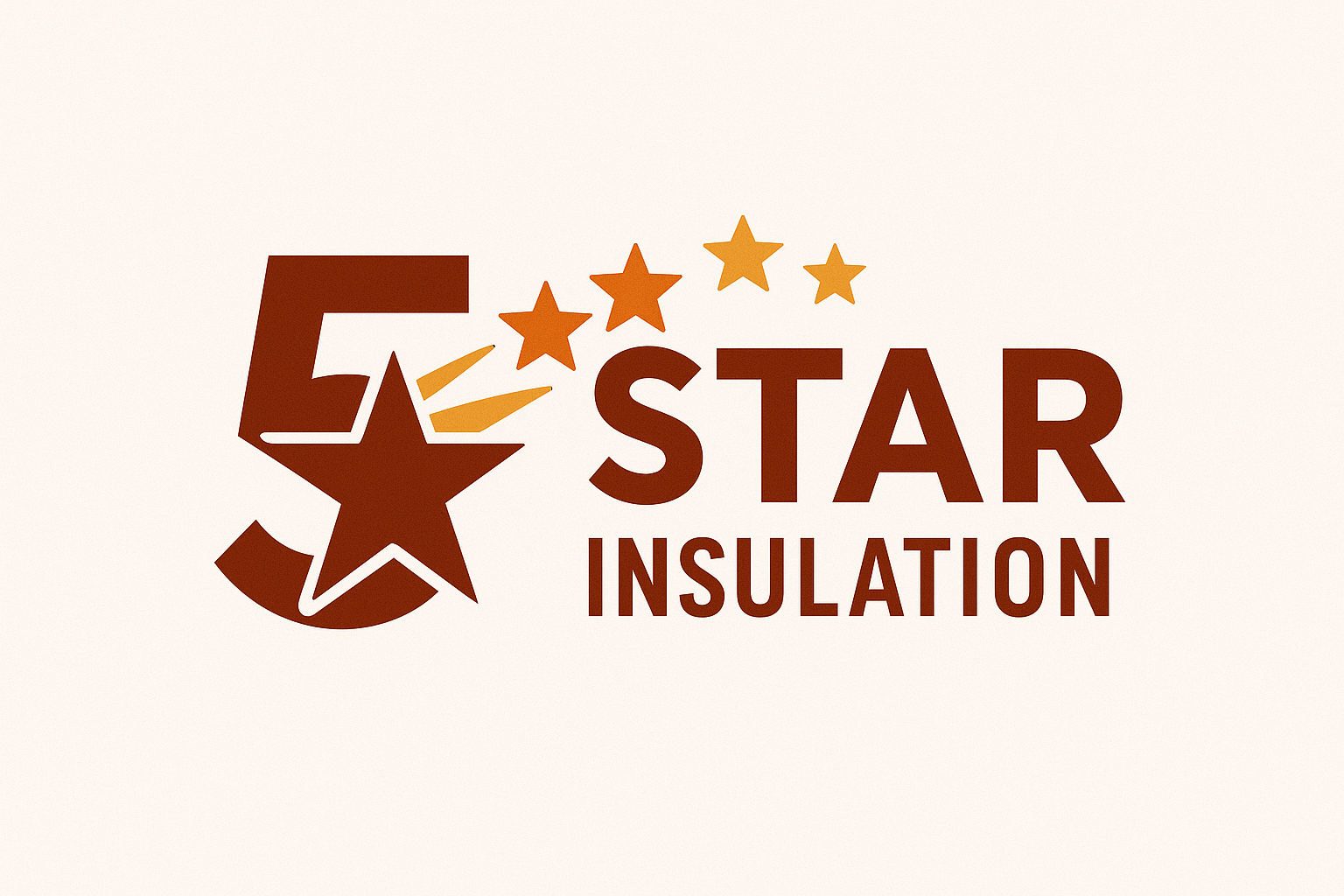Skip to the content
Pros:
- Cost-Effective:
- Fiberglass batts are a budget-friendly option compared to other insulation types like spray foam.
- Good R-Value:
- They provide good resistance to heat flow, helping to keep homes warm in winter and cool in summer.
- Sound Absorption:
- Fiberglass batts can absorb sound, which helps to quiet down noise pollution and create a more peaceful living environment.
- Widely Available:
- They are readily available at most hardware stores.
- Good for DIY:
- While professional installation is recommended, fiberglass batts are relatively easy for homeowners to install.
CONS:
- Poor Air Sealing:
- Batts do not inherently create an airtight barrier, allowing air leakage and drafts that reduce efficiency and lead to higher energy bills.
- Health Hazard During Installation:
- The fibers can be an irritant to the skin, eyes, and respiratory system. Protective clothing, masks, and gloves are essential during installation.
- Degradation Over Time:
- Fiberglass can sag or settle due to gravity and air movement, especially in attics and wall cavities, reducing its effectiveness and requiring replacement or additions.
- Moisture Vulnerability:
- They are not resistant to mold or mildew growth and can degrade quickly in moist environments or if water leaks occur.
- Installation Complexity:
- Pre-cut batts can be difficult to fit around pipes, wiring, and other obstructions, leading to gaps in coverage that compromise performance.
- Airborne Fibers:
- Fibers can become airborne over time and circulate through the home’s duct system, potentially causing respiratory irritation.


